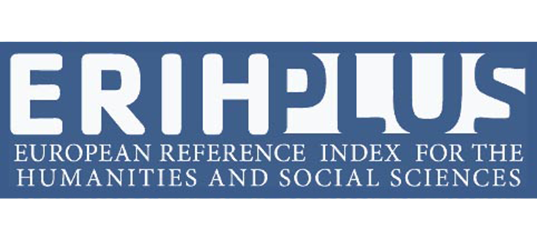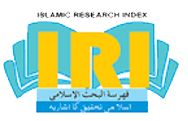قیام امن کے لئےخواجہ عبیداللہ ملتانی کے صوفیانہ اسلوبِ تبلیغ کی عصری معنویت: تجزیاتی مطالعہ
Keywords:
Peace, Mystical, Pattern of Preaching, Analytical Study, Obāidullah MultānīAbstract
Khawājah Obāidullah Multānī’s Mystical Pattern of Preaching in Establishing Peace and Harmony and Its Contemporary Meaningfulness: An Analytical Study
A Sufi, literally practically in denotation and connotation is such a figure whose heart is naturally and habitually free of pollution of pride, prejudice, sectarianism, ethnicity, linguicism, and hatred for animate and inanimate things on any ground. This purity of sentiments and sanctity of thoughts of Sufis of Islam have always influenced not only the morality of the Muslims but also attracted the people of anti-Islamic faiths. Human history in general and Islamic history, in particular, is replete with such instances as prove that where logistics and warring tactics of the Muslims failed to produce any positive and healthy effects, these were the unseen swords of Sufis' unmatched conduct and exceedingly supreme love for humanity which bore results of ever-lasting magnitude. Due to the safe and unbiased style of the preaching of Sufis of Islam, foes became friends, twisted pathways became straight high ways of peace and prosperity, the grieved became happy, the downtrodden became the champions and the rejected ones became the accepted ones. Sufis have always been the torchlight and beacon-house equally for the believers and the non-believers. Sufis’ preaching style has been the epitome of the style of Prophet of Islam.















